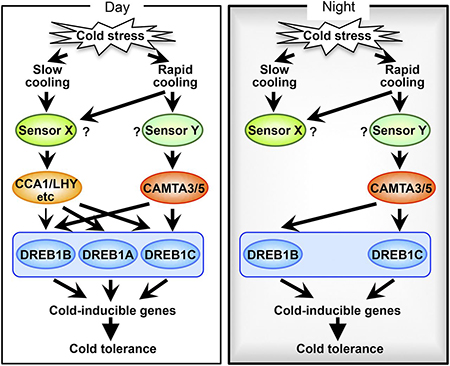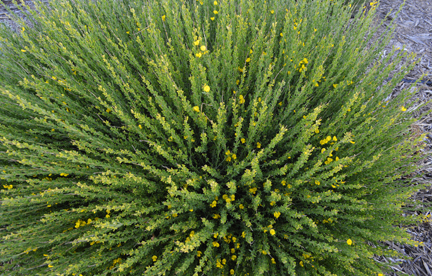

scoparius could provide valuable information for building process-based species distribution models predicting its geographic distribution and range shift following climate change.Īméglio T, Cochard H, Ewers FW (2001) Stem diameter variations and cold hardiness in walnut trees. The observed low temperature limit for the introduced C. However, genotypic differences in freezing tolerance are not explained by differences in carbohydrate metabolism, but may be related to different water contents. In both gene pools, parallel increases in freezing tolerance and concentrations of sucrose and raffinose and decreasing levels of starch indicate the mobilization of soluble sugars from storage carbohydrates to achieve maximum freezing tolerance. The data reveal that the introduced type is less freezing tolerant than the native type with differences being greatest in early autumn and when plants are most cold hardy, lending support to the hypothesis that insufficient freezing tolerance currently limits range expansion of the introduced Danish Scotch broom. To assess climate thresholds controlling the geographic ranges of the two gene pools, we evaluated seasonal changes in freezing tolerance (electrolyte leakage) and underlying variations in carbohydrate metabolism (HPLC) and water status of genetically different source populations representing the two gene pools.

In Denmark, Scotch broom consists of two gene pools: one is found in relatively small populations and is considered native the other one is presumably introduced and is spreading as a noxious weed. Its natural distribution spans across Europe, but seeds have also been transferred between countries, mixing plants of different genetic origins. Prepared by Kelly Reeves, Southern Colorado Plateau Network Inventory and Monitoring Program, 2010.Scotch broom ( Cytisus scoparius) is a global invasive species disrupting native species and habitats in several parts of the world. US Department of Agriculture, Forest Service, Rocky Mountain Research Station, Fire Sciences Laboratory. Department of Agriculture, Forest Service, Washington, DC. Cytisus scoparius (L.) Link: Scotch broom. Available at: documnts/cytisco.pdf (accessed 24 March 2010).

Cytisus scoparius and Genista monspessulana in Element Stewardship Abstracts. California plant names: Latin and Greek meanings and derivations. University of California Press, Berkeley, CA.Ĭharters, M. Invasive plants of California’s wildlands. In addition, Scotch broom is slightly toxic and unpalatable to livestock.īossard, C. Several characteristics contribute to its success as an invasive plant: (1) although it loses its leaves during dry conditions, the photosynthetic tissue in its stems allows it to grow throughout the year (2) its roots host nitrogen-fixing bacteria, which helps the plant to establish in nutrient-poor soils and (3) it produces abundant seeds that remain viable in the soil for many years. Scotch broom invades dry hillsides, pastures, forest clearings, dry scrublands, dry riverbeds, and waterways. However, it does not tend to survive in very arid or cold areas.
#Cold tolerance of sweet broom full#
Scotch broom flourishes in full sunlight in dry, sandy soils, but it can survive under a wide variety of soil conditions. Later, it was used for erosion control along highway cuts and fills. From the 1850s through the early 1900s, Scotch broom was frequently planted in gardens. Native to northern Africa and parts of Europe, it was first introduced to North America on the east coast and was later introduced to California as an ornamental. Scotch broom ( Cytisus scoparius) is found along the east and west coasts of North America and in Idaho, Montana, and Utah. Fruit is a brownish-black pod with hairs only along the seams.Small leaves occur together in groups of three.Scotch broom is a shrub with bright yellow flowers and stiff, slender branches.


 0 kommentar(er)
0 kommentar(er)
